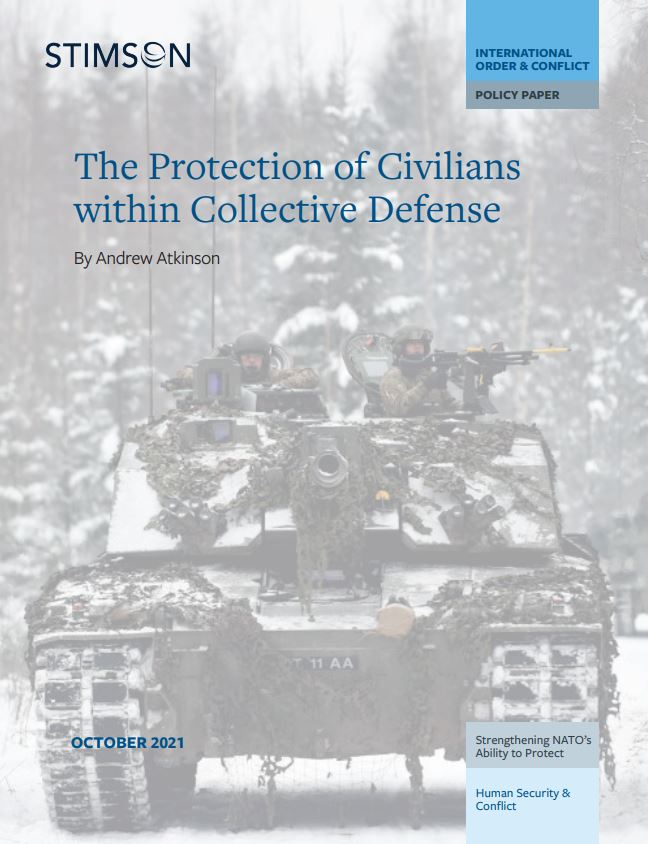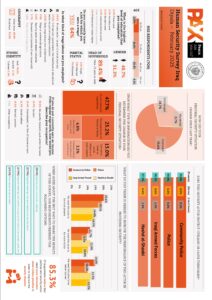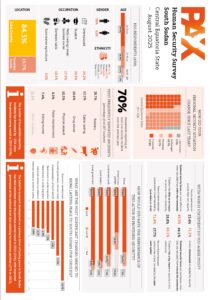The Protection of Civilians within collective defense
This paper aims to identify the role that NATO’s PoC Policy and its supporting military contribution could provide within an in-area, Article 5 collective defense operation. Consequently, this paper argues against associating PoC only with stability operations and crisis response, but instead recognizing that the policy must be fully established as a central component in all future NATO operations.
As NATO looks to devise strategies for defense and deterrence within the Euro-Atlantic region, the application of PoC principles has a critical part to play in meeting NATO’s responsibilities to protect its more than 1 billion citizens. Based on its experience in Afghanistan and its involvement in conflicts over the past three decades, NATO has made significant progress in developing its approach to integrating Protection of Civilians (PoC) into its operations. As NATO moves forward to develop its future strategies that are less expeditionary and more centrally focused on collective defense, these lessons must not be lost. PoC must remain a core element with NATO’s strategic, operational, and tactical thinking.
This paper aims to identify the role that NATO’s PoC Policy and its supporting military contribution could provide within an in-area, Article 5 collective defense operation. Consequently, this paper argues against associating PoC only with stability operations and crisis response, but instead recognizing that the policy must be fully established as a central component in all future NATO operations.
About this publication
Strengthening NATO’s Ability to Protect is a research initiative of the Transforming Conflict and Governance Program at the Stimson Center. This project seeks to build bridges between NATO stakeholders and the expert community to act on the Alliance’s ambition to protect civilians in its operations around the world. To help NATO succeed, Stimson launched this project, in partnership with PAX and supported by the Dutch Ministry of Foreign Affairs, to cultivate and offer external expertise to NATO as well as assess the current levels of doctrine and guidance on PoC within NATO nations and partners. Emphasis is on solutions-focused research and building bridges across governments, academia, international organizations, and NGOs. In support of this project, Stimson is commissioning a series of papers authored by leading experts in their fields that considers protecting civilians and NATO’s future missions, capabilities, and approaches. The papers, published throughout 2021 and 2022, aim to engage NATO stakeholders as they consider NATO’s role in future conflict, support further implementation of the NATO Policy on the Protection of Civilians, and focus on NATO’s 2030 agenda and beyond.
About this report
Date of publication:
Nov 04, 2021
Author:
Andrew Atkinson (The Stimson Center)
Publisher:
The Stimson Center
Extra:
This publication is part of the "Strengthening NATO’s Ability to Protect" project, a partnership with Stimson and PAX, supported by the Dutch Ministry of Foreign Affairs.
About the "Strengthening NATO’s Ability to Protect" projectMore publications from the "Strengthening NATO’s Ability to Protect" projectTopic
Global
The Protection of Civilians within collective defense
Nov 04, 2021, Andrew Atkinson (The Stimson Center)


